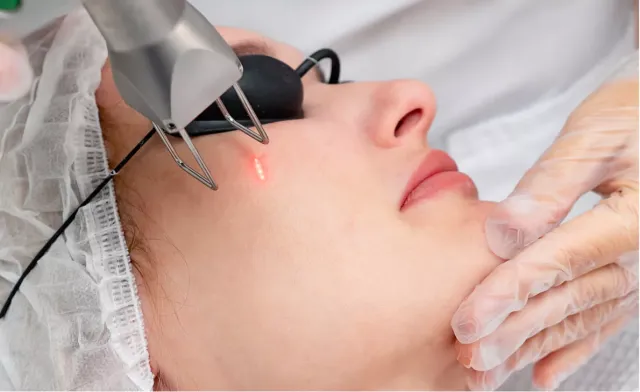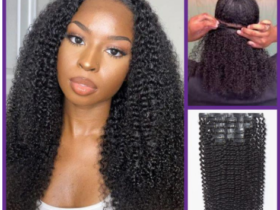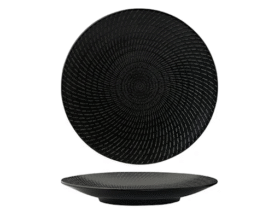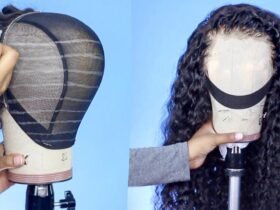Modern cosmetic dermatology offers treatments to address a range of aesthetic concerns. These procedures range from minimally invasive options to advanced techniques, tailored to specific needs. Understanding the available treatments can help in making informed decisions about skincare. Recent advancements in dermatology have expanded the approaches for addressing skin concerns.
1. Laser Treatments
Laser treatments are among the most versatile options in cosmetic dermatology. Using focused light energy, they precisely target specific skin concerns. Different lasers are designed to address various issues, offering tailored solutions for individual needs. From resurfacing procedures to reducing unwanted pigmentation, laser technology provides advanced results.
There are two main types of lasers used in treatments. Ablative lasers remove thin layers of skin, making them suitable for resurfacing and improving skin texture. Non-ablative lasers work beneath the surface without removing the top layer, offering a gentler option with minimal downtime. Both types can be customized based on the patient’s goals and skin condition.
Laser treatments can address a wide range of concerns, including unwanted hair, age spots, sun damage, and certain scars. Most treatments require multiple sessions to achieve optimal results, depending on the issue and individual skin characteristics. Recovery time varies, with some patients experiencing mild redness or swelling that usually resolves within a few days to a week.
2. Dermal Fillers
Dermal fillers provide a non-surgical solution for addressing volume loss and enhancing facial contours. These treatments involve injecting substances beneath the skin to restore volume and smooth out wrinkles. The most commonly used fillers contain hyaluronic acid, a natural substance found in the body. They are effective for treating areas such as nasolabial folds, marionette lines, and other signs of volume loss.
The injection process typically takes between 15 and 60 minutes, depending on the size and location of the treatment area. Results are often noticeable immediately, though some swelling may occur initially. The effects can last anywhere from several months to over a year, depending on the product and individual factors. Patients should consult with their dermatologist to discuss their goals and determine if dermal fillers are the right choice for their needs.
3. Kybella
Kybella is an injectable treatment designed to reduce submental fat, commonly known as a double chin. It contains deoxycholic acid, a naturally occurring molecule that breaks down dietary fat. The treatment involves a series of injections in the submental area, with most patients needing multiple sessions spaced about a month apart. Common side effects include swelling, bruising, or numbness, which typically resolve within a few days to a few weeks. Results develop gradually over several weeks, and candidates should have realistic expectations about the treatment timeline.
4. Sclerotherapy
Sclerotherapy is a treatment for small spider veins and certain varicose veins, in which a sclerosing solution is injected directly into the affected vessels. This solution causes the veins to collapse and eventually fade over time. The procedure is performed with fine needles, and the number of injections depends on the size and location of the veins being treated. Multiple treatment sessions are often necessary for optimal results, with each session spaced several weeks apart.
See if Cosmetic Dermatology is Right for You
Each cosmetic dermatology treatment comes with unique benefits and considerations. A dermatologist can assess your concerns, skin type, and medical history to recommend the best options. Scheduling a consultation helps you understand the treatment process, potential side effects, and expected outcomes. Starting with less invasive options allows you to see how your skin responds before exploring further procedures.Company Formation


















Leave a Reply